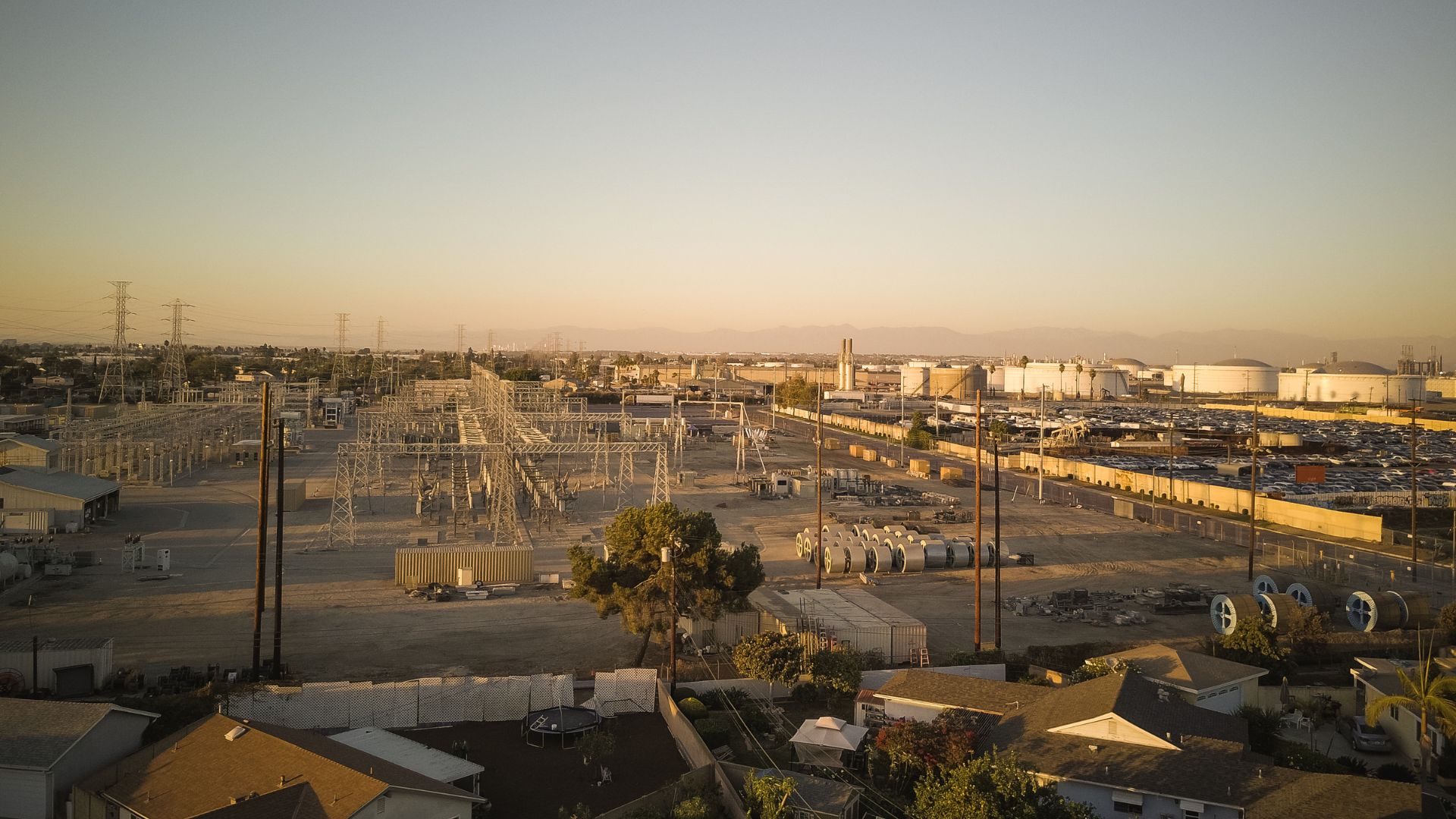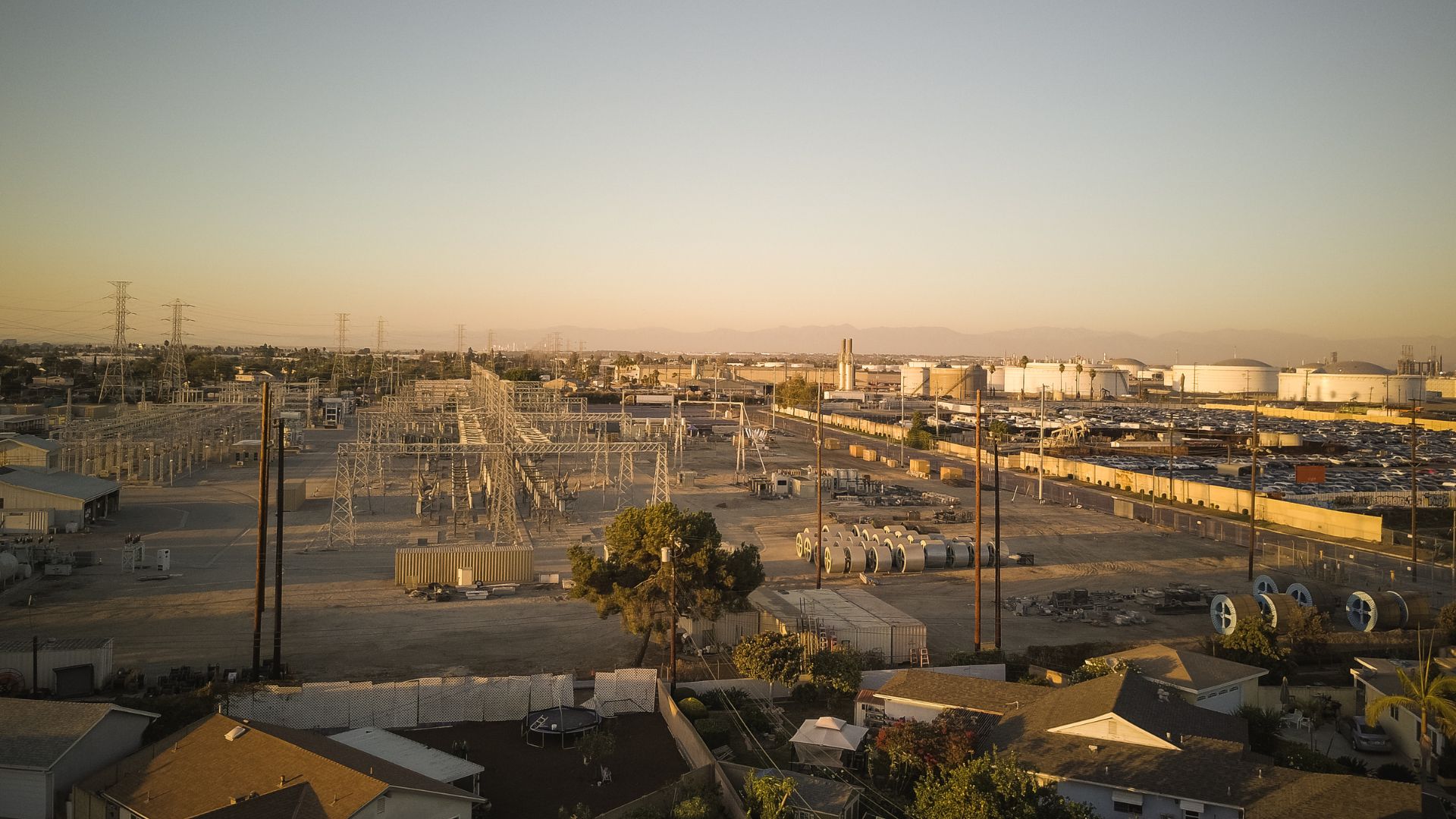Energy Harvesting Sensors: Powering the Future of IoT Devices

As the Internet of Things (IoT) expands, the need for sustainable power sources for sensors and connected devices is growing. Traditional batteries have limitations in lifespan and environmental impact, making energy harvesting sensors a promising solution for long-term, maintenance-free IoT applications.

What Are Energy Harvesting Sensors?
Energy harvesting sensors generate power from their surrounding environment, eliminating or reducing reliance on external power sources. These sensors collect energy from various natural sources, including:
- Solar Energy: Photovoltaic cells convert sunlight into electricity, making them ideal for outdoor IoT applications such as environmental monitoring and smart agriculture.
- Thermal Energy: Thermoelectric generators (TEGs) harvest heat from industrial processes, human bodies, or environmental temperature variations.
- Vibration and Motion: Piezoelectric and electromagnetic energy harvesters convert mechanical vibrations from machinery, roads, or even footsteps into usable power.
- Radio Frequency (RF) Energy: RF energy scavenging collects ambient electromagnetic waves from Wi-Fi signals, radio towers, or mobile networks to power small devices.

Applications in IoT
Energy harvesting sensors have the potential to revolutionize various industries by providing self-sustaining, wire-free data collection and transmission. Some notable applications include:
- Smart Homes: Wireless sensors powered by ambient energy can monitor temperature, humidity, and security without requiring battery changes.
- Industrial IoT (IIoT): Sensors deployed in remote or hazardous locations can harvest energy from factory vibrations, reducing maintenance needs.
- Wearable Devices: Smart textiles and biometric wearables can utilize body heat or movement to power health-tracking sensors.
- Environmental Monitoring: Self-powered sensors can track air and water quality in remote locations, helping scientists and governments manage climate challenges.

Challenges and Future Developments
While energy harvesting is a promising technology, challenges such as low power output, efficiency improvements, and storage limitations remain. Advancements in low-power electronics, energy-efficient data transmission, and improved energy storage solutions will drive the adoption of energy harvesting sensors across IoT applications.

By enabling self-powered, long-lasting devices, energy harvesting sensors are shaping the future of IoT, reducing dependency on batteries, lowering environmental impact, and expanding the possibilities for autonomous sensing networks.
